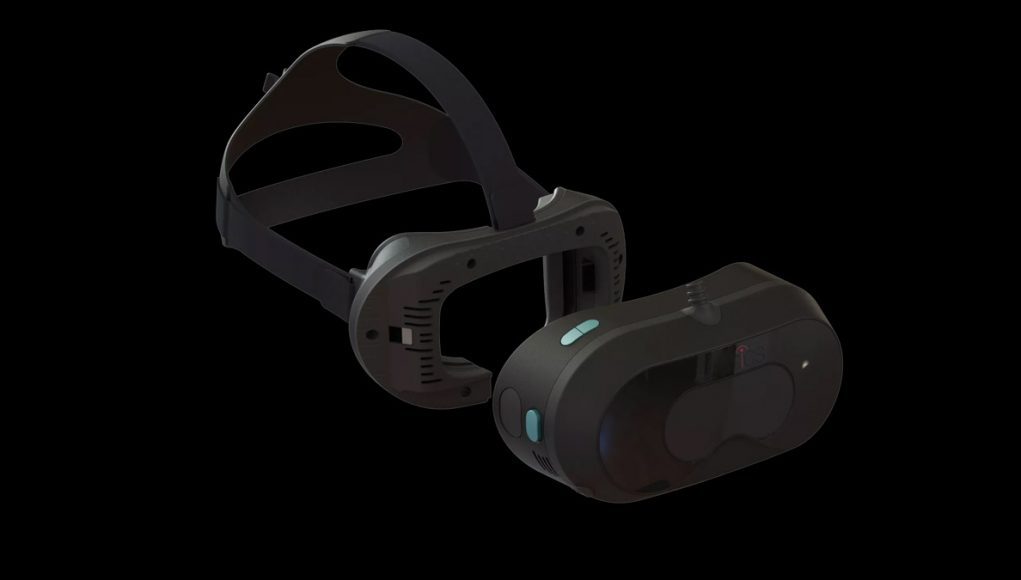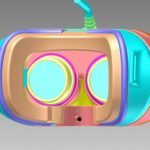OSVR co-founder and long-time HMD maker Sensics is building a new ‘Goggles for Public VR’ headset which is designed for the unique needs of the Out-of-Home market.
While the same consumer-facing headsets that you’ll find on a shelf at Best Buy are popping up in VR arcades across China and elsewhere, Sensics is aiming to build a VR headset that’s optimized for the Out-of-Home market, consisting of businesses like theme parks, entertainment venues and arcades.
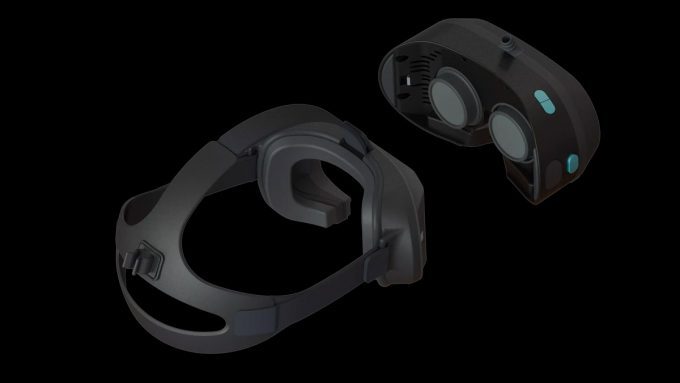 The Sensics ‘Goggles for Public VR‘ is said to be particularly durable, easy to clean, easy to maintain, made for quick swapping from one user to the next, and easy to integrate into other prop-headwear (like a racing or pilot helmet).
The Sensics ‘Goggles for Public VR‘ is said to be particularly durable, easy to clean, easy to maintain, made for quick swapping from one user to the next, and easy to integrate into other prop-headwear (like a racing or pilot helmet).
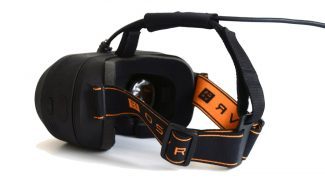
Sensics, who is a co-founder of Razer’s OSVR initiative, has naturally used the foundation of the OSVR HDK2 headset in creating the Goggles for Public VR. It appears the headset uses the same 2160×1200@90Hz OLED display and optics which offer independent focal adjustment and a 100 degree field of view.
So what makes the headset uniquely suitable for the Out-of-Home sector? Sensics says it’s a combination of durability and features. Particularly, the company says the headset is built to withstand Out-of-Home use (though we haven’t seen a specific durability spec mentioned), easy to clean, modular, and easy to repair. There’s also a pair of fans to prevent fogging, and an optional integrated Leap Motion module built into the headset for hand interactions without the need for controllers.
That last part goes along with another important aspect of any VR headset specially made for the Out-of-Home sector: quick setup and teardown times from one user to the next. Controllerless hand-tracking could mean faster time-to-play by reducing the need for familiarizing new users with the inputs of controllers like those of the HTC Vive and Oculus Touch. It also means you don’t need to spend time handing the controllers to each user and then collecting them before taking the user out of VR—all important considerations for a business model which hinges on churning satisfied guests through each attraction.
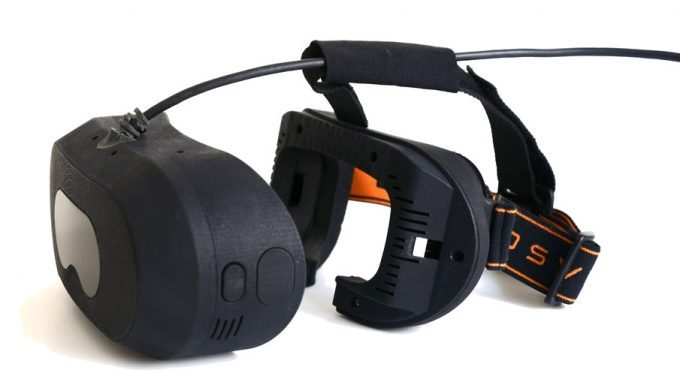 Also speeding up the user-to-user experience is an interesting element of the headset which allows the ‘passive’ part (the parts that touch the user’s head and keeps the headset held in place) to detach from the ‘active’ part of the headset (the parts that contains all of the electronics. Sensics lists the following benefits to this approach:
Also speeding up the user-to-user experience is an interesting element of the headset which allows the ‘passive’ part (the parts that touch the user’s head and keeps the headset held in place) to detach from the ‘active’ part of the headset (the parts that contains all of the electronics. Sensics lists the following benefits to this approach:
• It allows guests to don the passive part while waiting in line. They can adjust the fit to their heads, and make sure the strap is comfortable. While doing so, the front part of the passive unit is completely open so guests can still see the real world, take a selfie with the strap. Only when the activity is about to begin does the operator attach the active part to the passive part.
• It permits various cleaning strategies for the passive part – the part that touches the head. For instance, an attraction operator can have many more passive parts than active parts and then clean the passive parts in batch at the end of the day.
• Separating the face mask from the active part of the goggles allows for multiple sizes of the face mask to fit kids, different facial structures and so forth.
Sensics recently began offering pre-production Goggles for Public VR units for testing for $2,160 each. The company plans to soon move into mass production of the device.

